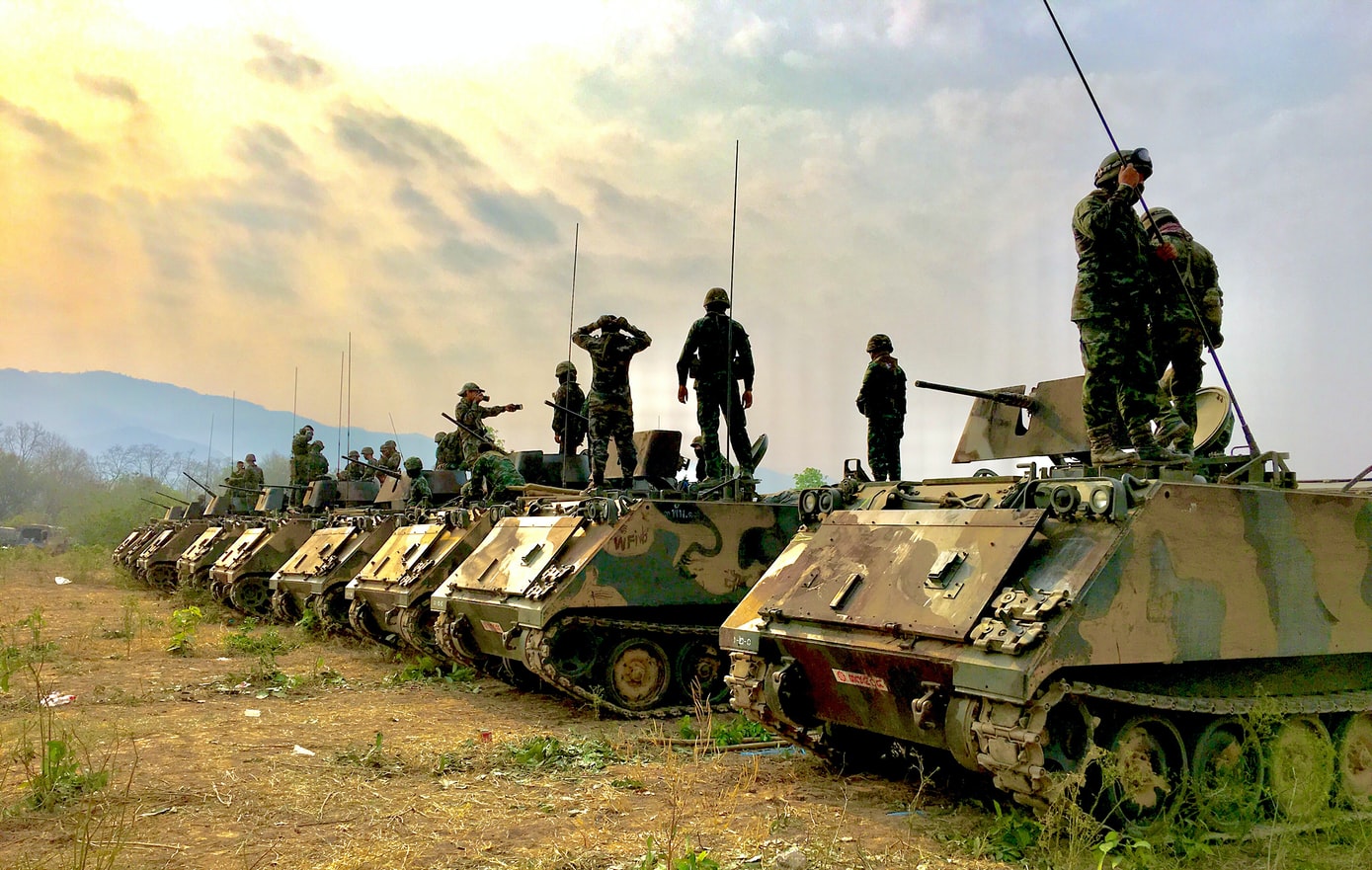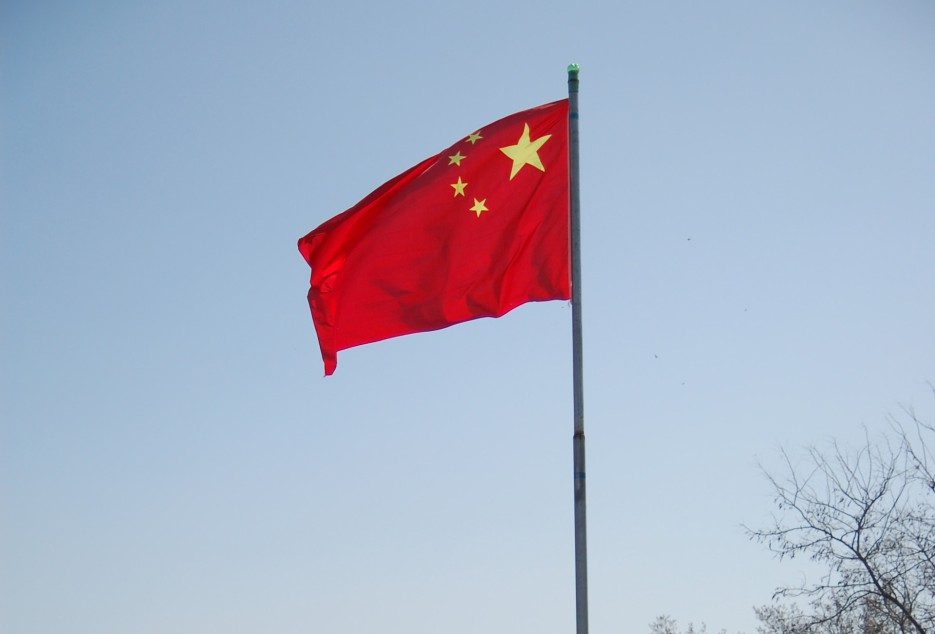
Frost & Sullivan’s recent analysis, Post-pandemic Growth Opportunity Analysis of the Defence Industry, presents the impact of global spending on defence under three scenarios—gradual containment, severe pandemic, and global emergency. As governments around the world allocate funds to contain the COVID-19 pandemic and reactivate the economy, under the severe pandemic scenario, defence spending will stagnate at current levels for the short term (2020-2021). In the global emergency scenario, defence spending will reduce, though this will mainly depend on global and regional political conditions. But, in the long term, it will be cut by at least 10%, as witnessed in the past.
“The decline in GDP and the increase of budget deficits would have an impact on defence spending, but the effect would be lower than other industries,” said Alexander Clark, Aerospace & Defence Research Analyst at Frost & Sullivan. “Additionally, governments across the world will promote investments for national security and as potential investments for export revenue.”
Clark added: “With increasing geopolitical tensions, the regional defence spending ratio will remain unaffected as the underlying political factors continue to remain constant. Further, the United States, Asia and Europe, respectively, will remain the biggest consumers of defence products.”
Despite this, defence market participants are likely to increase revenue realisation from a services portfolio by redesigning their strategies and customer engagement models, including:
- Mergers and acquisitions: Identify businesses/SMEs whose acquisition/partnership would diversify and strengthen the existing portfolio.
- Vertical integration: Focus on offering aftermarket services such as simulator training, PBL contracts, spare parts or maintenance, repair, and operating (MRO).
- Robotics and artificial intelligence: Develop and upgrade products that serve military-medical, commercial-security, containment, and logistics purposes.
- Chemical, biological, radiological and nuclear defence (CBRN): Strategic acquisitions or diversification of product portfolio should include CBRN protective clothing and equipment.
Post-pandemic Growth Opportunity Analysis of the Defence Industry is the latest addition to Frost & Sullivan’s Aerospace & Defence research and analyses, available through the Frost & Sullivan Leadership Council, which helps organisations identify a continuous flow of growth opportunities to succeed in an unpredictable future.




